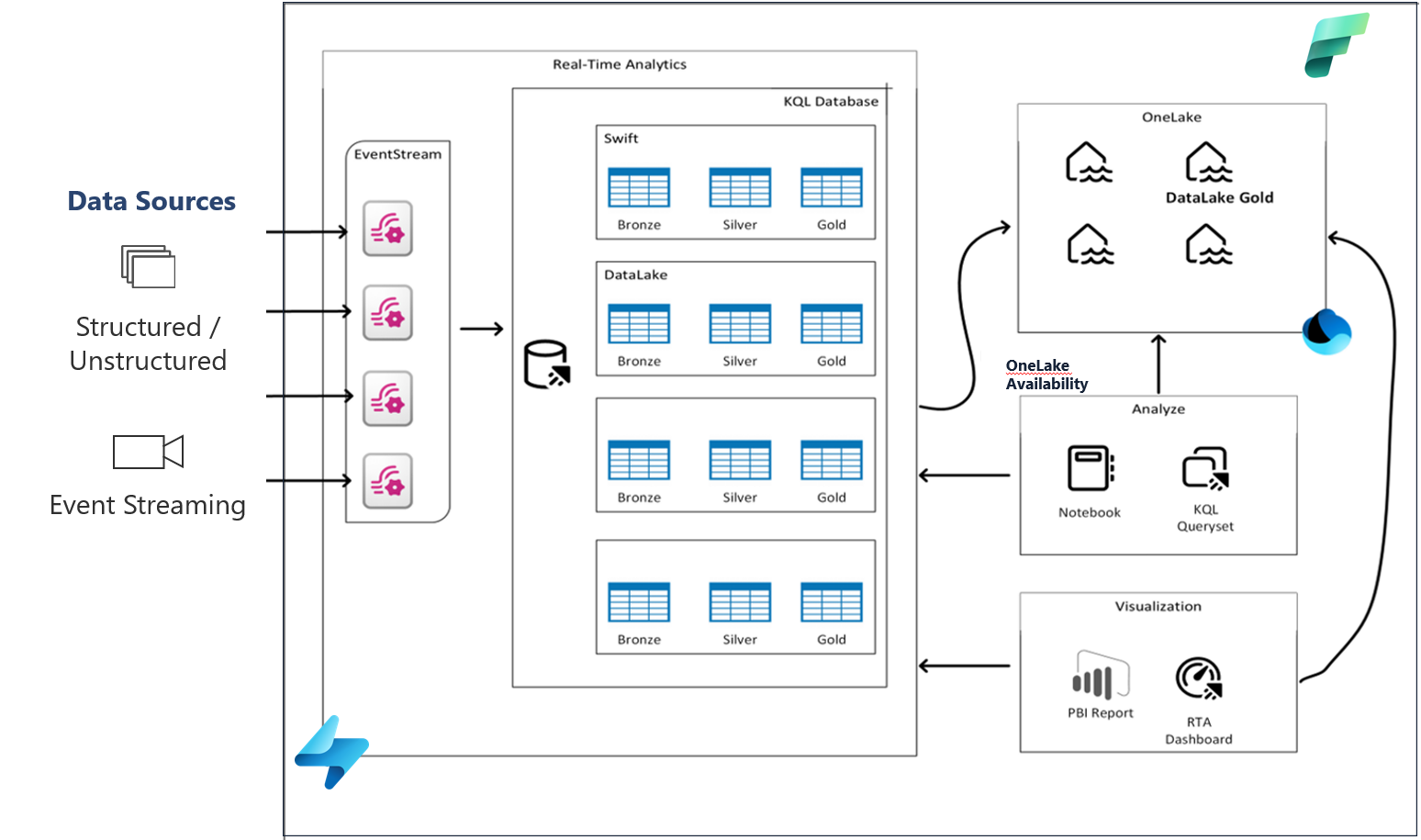Earth’s Rising Tempers: Unlocking Volcanoes Insights with Power BI
Volcanoes are one of the most destructive forces of nature and always get a fair amount of attention from the general public and the scientific community.
Volcanic activity generates thousands of data points. Remy Tom, one of our semi-finalist of the Power BI Demo Contest leveraged hundreds of years of volcano eruptions and created some very cool visualizations. As you can see in these visualizations, eruptions happen way more often than people think. In fact, just the day before yesterday a volcano in Kagoshima erupted for the first time in 34 years.
You can explore this dashboard to find out some interesting facts such as:
- The number of eruptions for each volcano since 1500, with the Etna being the volcano with the most: 1,139 eruptions.
- The most common type of volcano is a Stratovolcano. Among these you will find the Merapi, the Villarrica and the Etna.
- The most common type of tectonic setting for an eruption is Compressional Continental.
- Surprisingly, the countries with more events coming from a single volcano are Italy and France.
You can watch Remy’s video submission to the contest where he walks us through all the steps involved in building this model, including Excel’s Power Query, Power Pivot, Power View and Power BI’s impressive Q&A feature, which allowed him to ask questions in natural language and get visualized volcano answers on the fly.




